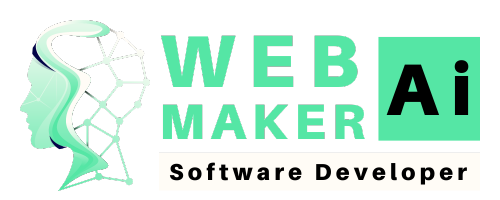
SaaS, or Software as a Service, refers to a cloud computing model in which software applications are delivered over the internet on a subscription basis. Instead of purchasing and installing software on individual computers or servers, users access the software and its features through a web browser. SaaS has become a popular way to deliver software solutions due to its flexibility, accessibility, and cost-effectiveness.
Key characteristics of SaaS software include:
- Subscription Model: Users pay a recurring subscription fee to access and use the software. This model often eliminates the need for upfront costs associated with traditional software purchases.
- Accessibility: SaaS applications are accessed through web browsers, making them available on a wide range of devices and operating systems. Users can access the software from anywhere with an internet connection.
- Automatic Updates: SaaS providers are responsible for maintaining and updating the software. Users typically receive updates and new features automatically without needing to perform manual installations.
- Scalability: SaaS solutions can scale easily to accommodate changes in user demand. Providers can adjust resources to ensure optimal performance for all users.
- Multi-Tenancy: SaaS applications are designed to serve multiple users or “tenants” on the same infrastructure while keeping their data and configurations separate and secure.
- Centralized Management: Administrators can manage user accounts, access permissions, and settings from a centralized dashboard.
- Lower Costs: SaaS eliminates the need for organizations to invest in hardware, infrastructure, and ongoing maintenance. This often results in lower total cost of ownership (TCO) compared to traditional software deployment models.
- Data Security: SaaS providers typically implement security measures to protect user data, including encryption, access controls, and regular security audits.
- Quick Deployment: Users can start using SaaS applications almost immediately after subscribing, as there’s no need for lengthy installation and setup processes.
- Pay-as-You-Go: SaaS subscription fees are based on usage, making it cost-effective for both small businesses and large enterprises.
Examples of SaaS software cover a wide range of applications, including customer relationship management (CRM), project management, email marketing, human resources management, accounting, collaboration tools, and more. Some well-known SaaS providers include Salesforce (CRM), Microsoft 365 (office productivity suite), Dropbox (file storage and sharing), and Shopify (e-commerce platform).
SaaS has transformed the way businesses and individuals access and use software, providing convenience, flexibility, and the ability to focus on their core activities without getting bogged down by software maintenance and infrastructure concerns.


















